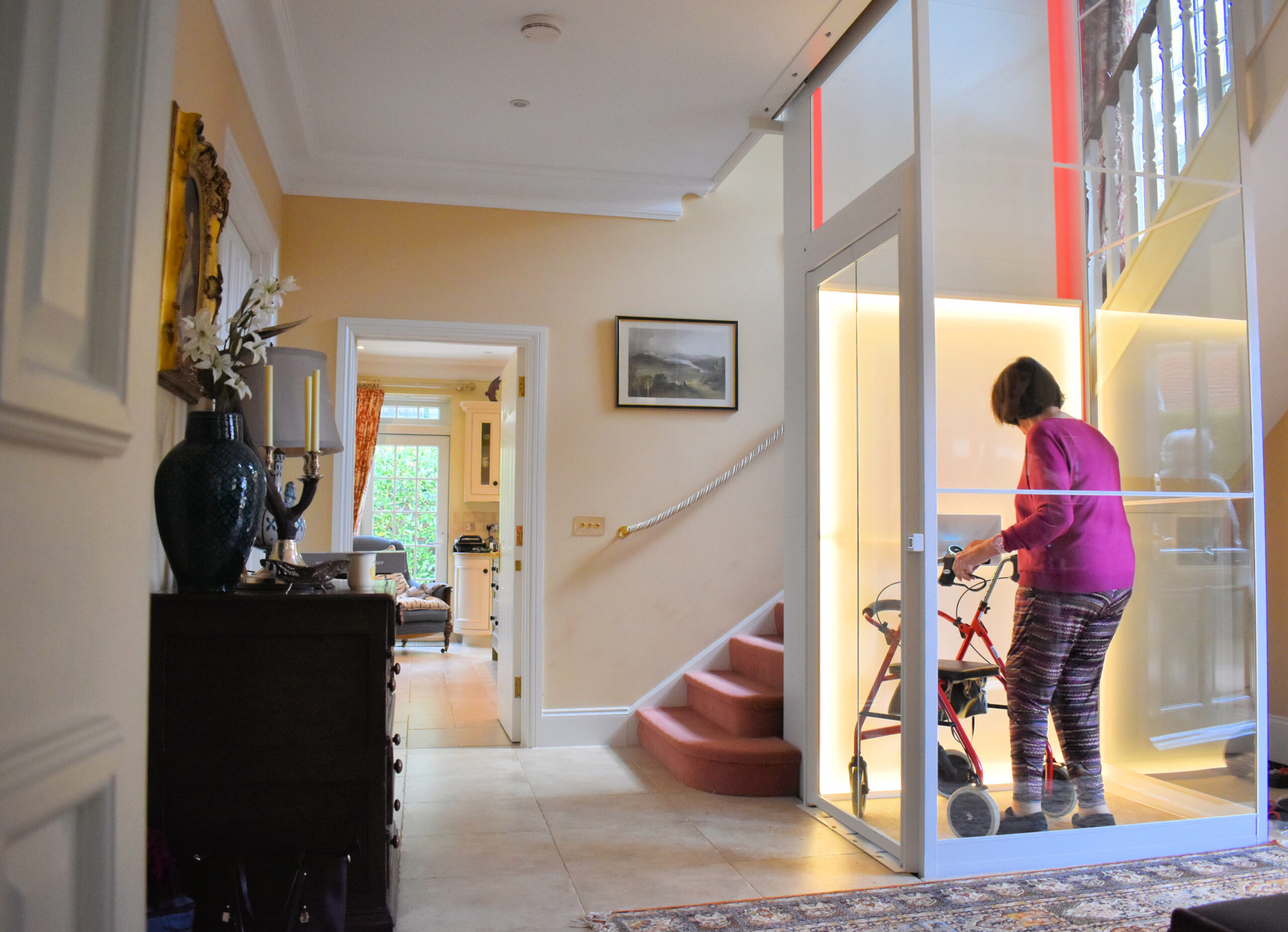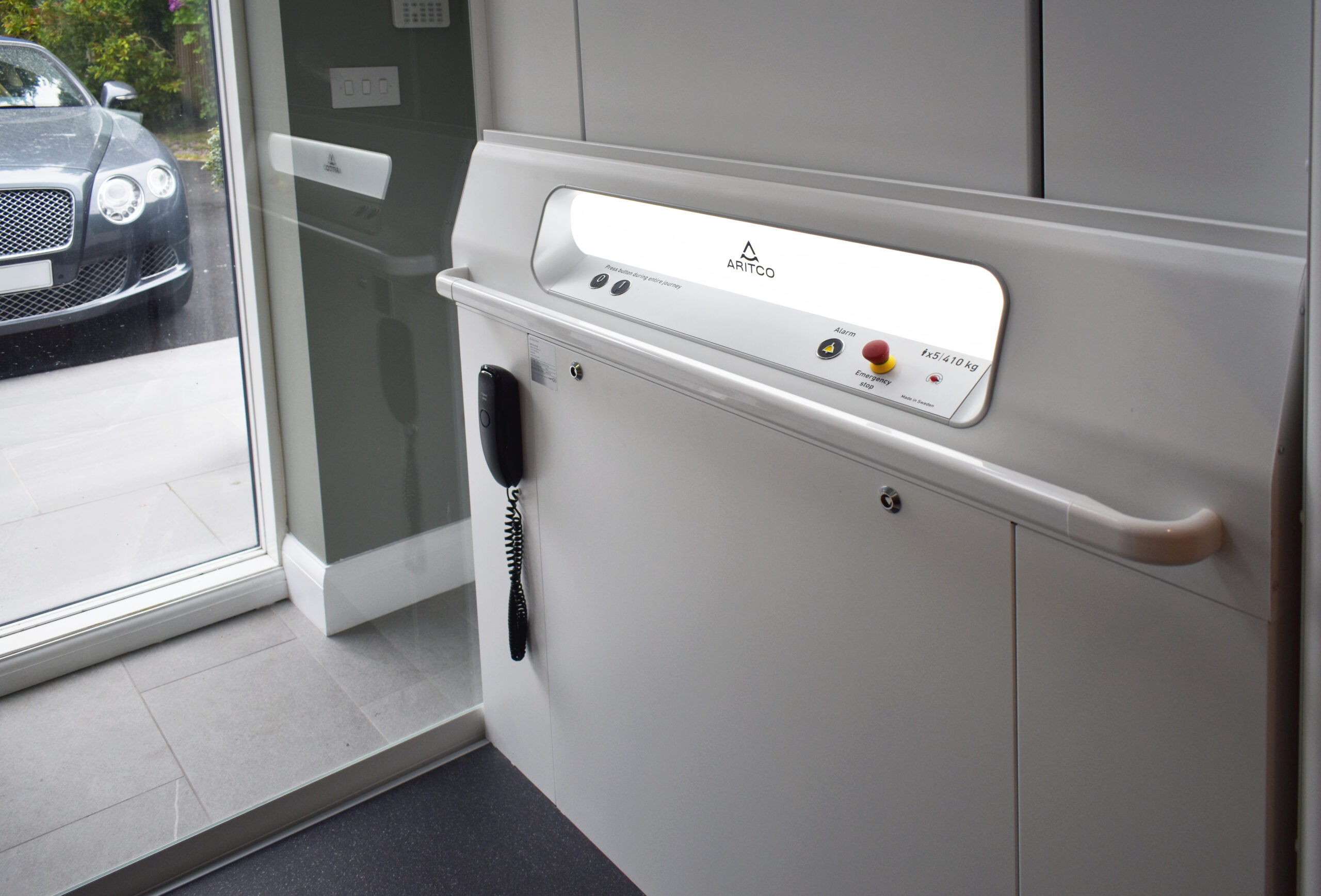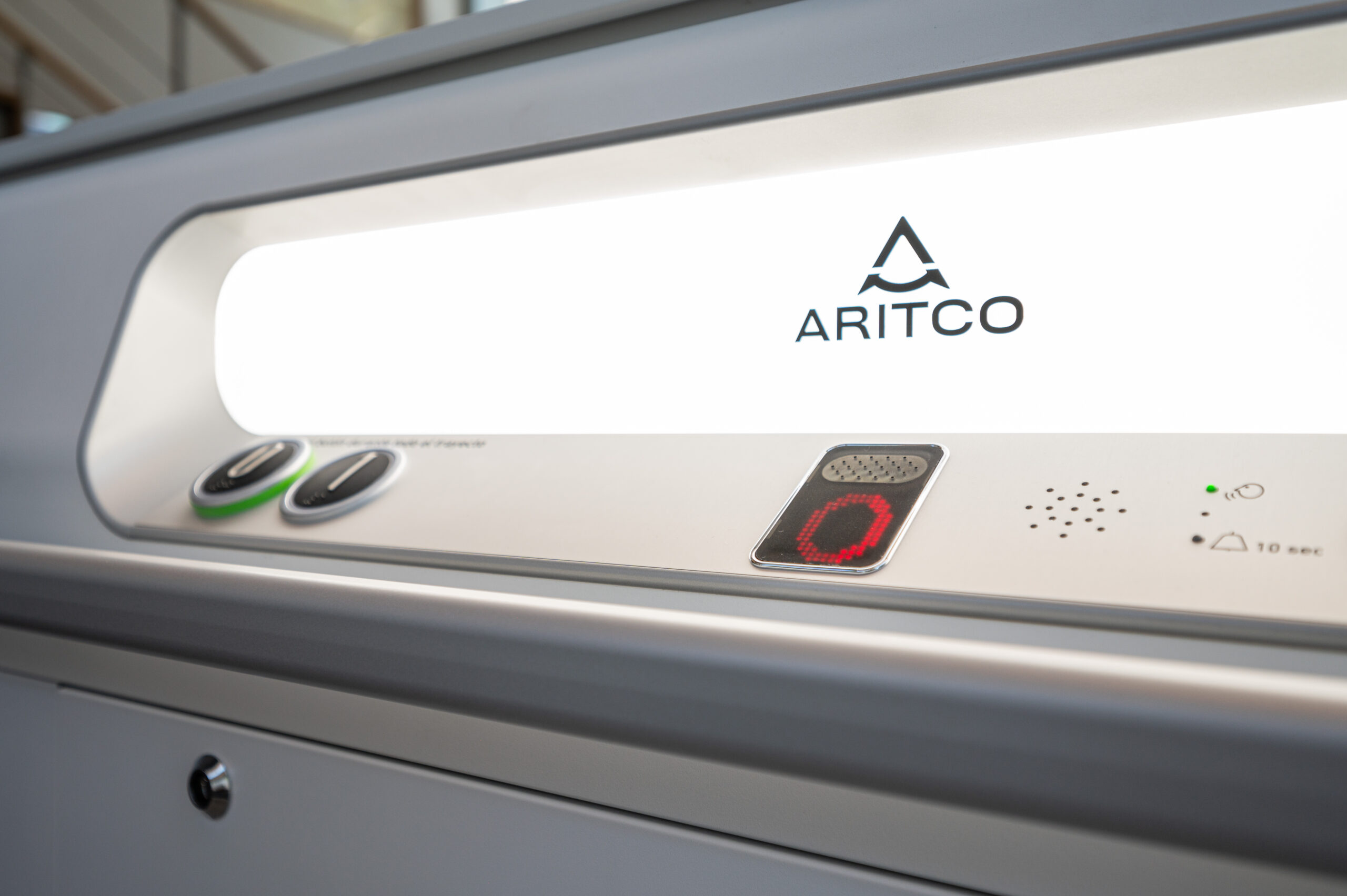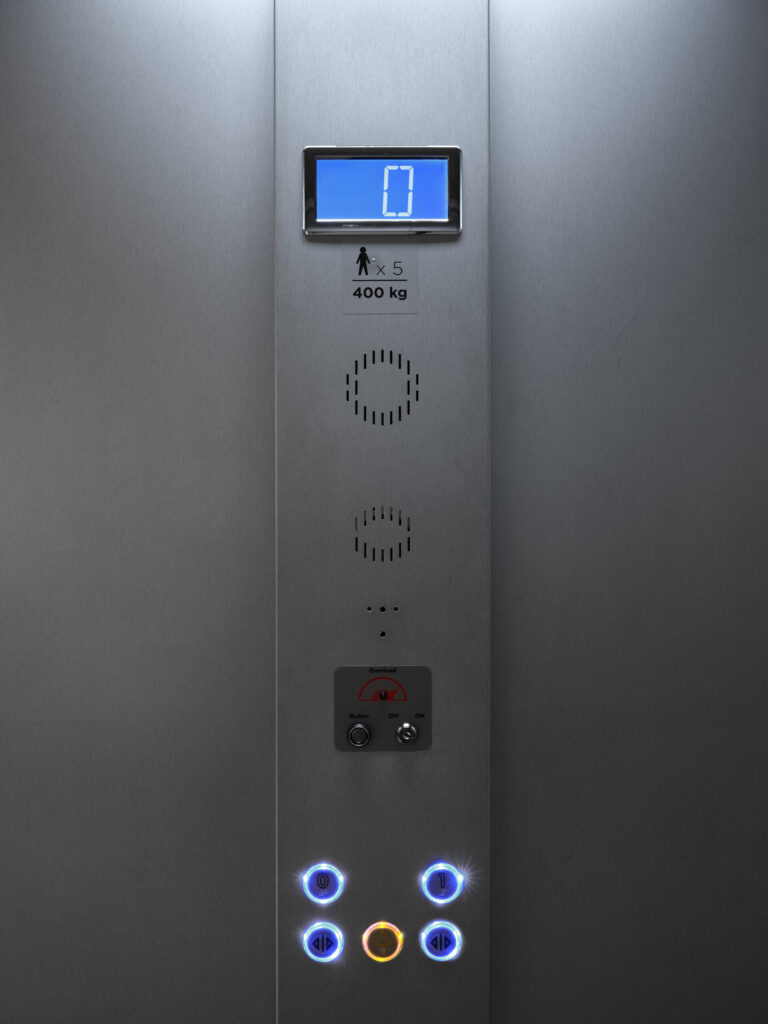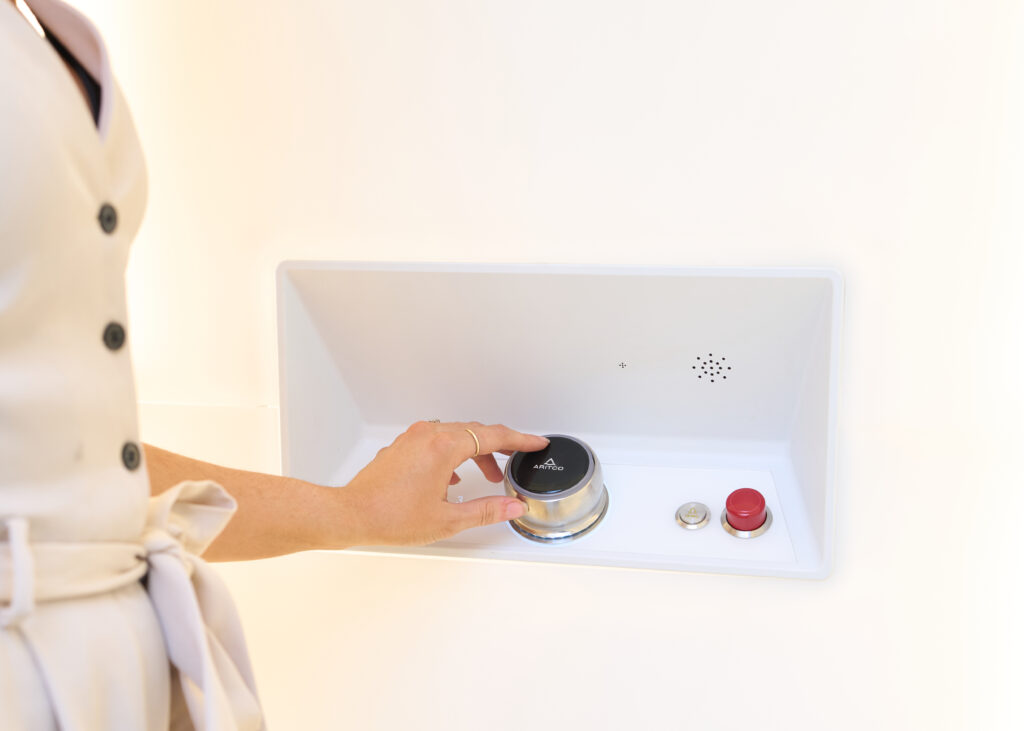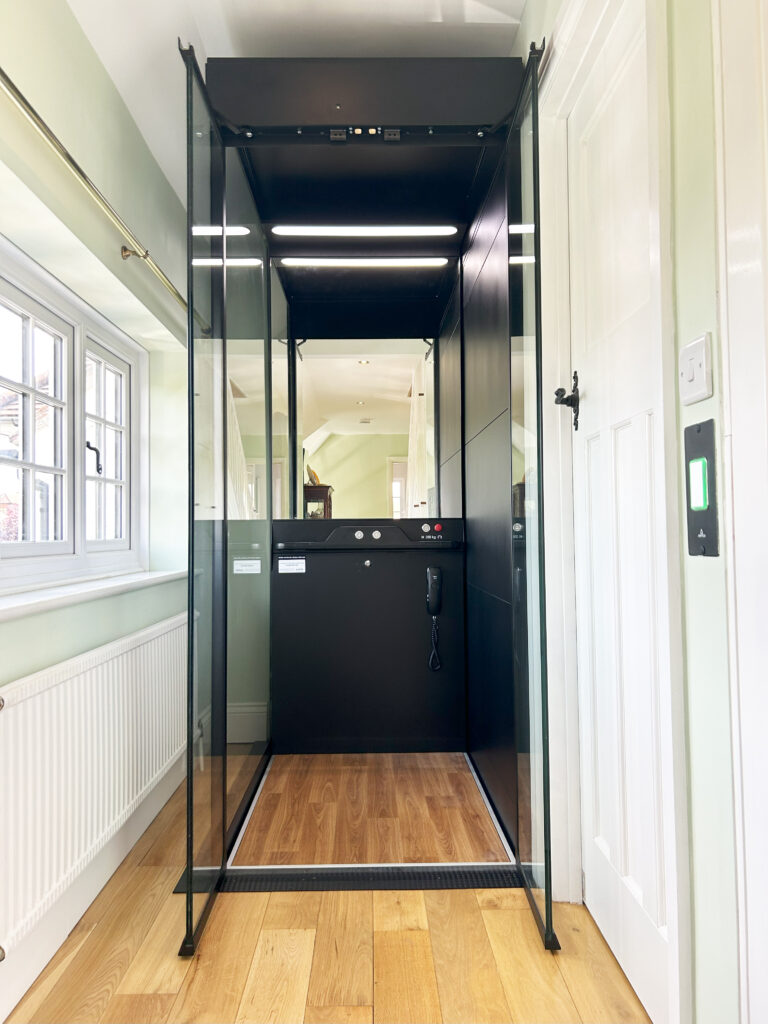By January 2027, traditional landlines (PSTN) across the UK will be permanently switched off. If your lift’s emergency call system still relies on an analogue phone line, it may stop working without warning – putting safety and compliance at risk.
The Analogue Switch-Off Explained
The UK is in the middle of a major communications upgrade. By January 2027, BT will complete the analogue phone line switch off, permanently shutting down the Public Switched Telephone Network (PSTN) – the copper landline system that’s been in place for decades.
Instead, all phone services will move to digital technologies, such as VoIP (Voice over Internet Protocol) or mobile networks. This change has already started, and in some areas, PSTN services are being withdrawn even earlier.
If your premises still rely on a traditional landline, this switchover could affect you sooner than expected, particularly when it comes to lift emergency communications.
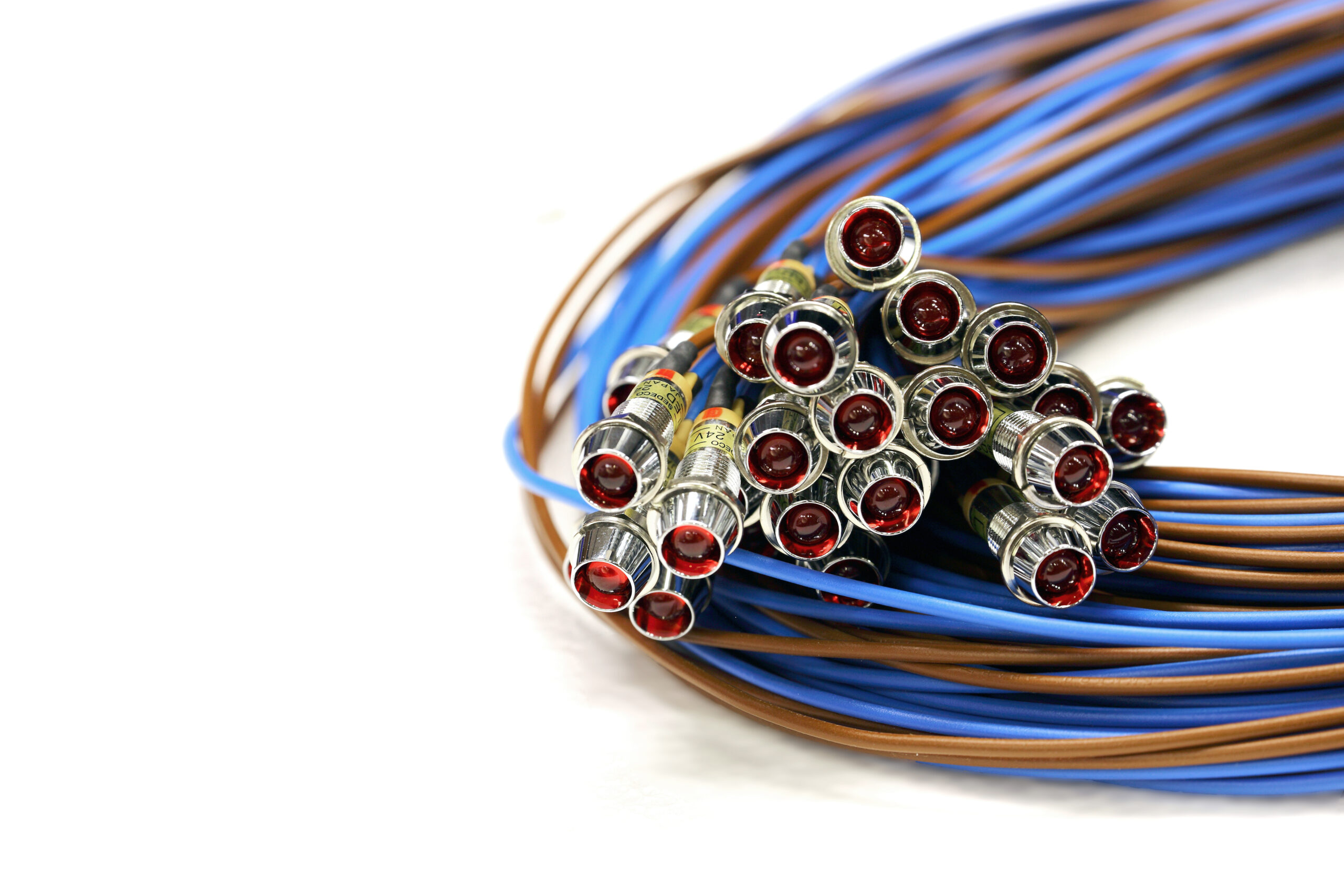 How This Affects Lift Emergency Phones
How This Affects Lift Emergency Phones
Many platform lifts in homes, offices, schools, and public buildings use analogue phone lines to connect emergency call systems. When PSTN is switched off, these phones will no longer function unless upgraded.
A non-working emergency system puts passengers at serious risk and makes your lift non-compliant with UK safety standards like EN 81-28.
Whether you manage one lift or several, upgrading your system ahead of the switch-off will avoid disruption and ensure your lift remains safe, legal, and ready for use.
Is Your Lift Ready for the PSTN Switch-Off?
- Does your system include a battery backup?
- Is your GSM unit 4G or 5G compatible?
- Is the SIM signal strong and reliable?
- Are emergency test calls logged monthly?
- Is your lift maintenance provider PSTN-aware?
How to Know What Type of System You Have
If you’re unsure what type of emergency phone your lift uses, it’s easy to check. Use this quick guide to identify your lift phone system:
- PSTN Line (Analogue): Usually connects to a standard landline socket. If your lift was installed before 2015 and hasn’t been upgraded, there’s a high chance it’s using PSTN.
- IP or VoIP System (Digital): Connected through your building’s broadband network. These systems often plug into a digital router or network switch.
- GSM Autodialler (SIM-Based): Uses a SIM card to dial out over the mobile network. Look for an antenna, signal indicator, or mention of ‘GSM’ inside the lift panel.
Still not sure? Send us a photo of your lift control panel and we’ll check it for you.
What Happens If You Don’t Upgrade
When the analogue phone line switch-off is complete, any lift still using a PSTN connection for emergency calls will be at risk of not working.
Even if the system appears to work, it may not connect during a real emergency – particularly in a power cut. Unlike old landlines, digital and mobile networks don’t carry power, so lifts without a compliant battery backup could be left with no way to call for help.
Importantly, not all digital or GSM-based systems are automatically compliant. Without features like battery backup, regular testing, and hands-free voice communication, they may still fall short of current safety requirements.
Simple Digital Upgrade Packages Available Now
To keep you prepped and ready for the analogue phone line switch off, we’re offering two straightforward ways to upgrade. These options are quick to install, require no technical knowledge, and are fully compliant with EN 81-28 safety regulations.
All systems include installation, testing, and a managed multi-network SIM (if required), with no technical setup needed on your side.
Emergency Phone System Upgrade (Digital Line Conversion)*
If your current emergency system is still in good working order but uses a PSTN landline, this option allows you to upgrade to a digital emergency call system using a secure connection via your building’s broadband.
We’ll assess compatibility and install the necessary conversion hardware to ensure full working order after the switch-off.
*Additional power supply required
Emergency Autodialler Upgrade (GSM-Based)
For older or non-compliant systems, this upgrade replaces your existing setup with a GSM autodialler – a standalone unit, running independently from landlines or broadband connections, that dials out over the mobile network using a secure SIM card.
Ideal for lifts in locations without stable broadband, or where the existing phone system can’t be brought up to current standards.
Some older lifts may not be suitable for upgrades. If your system is out of date or missing essential safety features, a full replacement might be required – and we’ll guide you through that too.
Do You Need to Replace Your Lift?
In most cases, your lift emergency system can be upgraded quickly and easily. But if your lift was installed before 2010, it may not meet modern safety standards, and an upgrade might not be possible.
That doesn’t mean you’re on your own. Through our replacement lift scheme, our team can assess your system and provide a clear plan of action – helping you to make the right call.


Get Your Lift Checked Today
With the analogue phone line switch-off approaching, avoid unexpected disruption and upgrade your lift’s emergency call system. Our recommendations follow the latest UK and EU safety regulations, including EN 81-20, EN 81-28, BS7255, and BS EN 81-80 (SNEL). These set the standards for modernisation, risk assessments, and emergency readiness.
Request a Free Compliance CheckFrequently Asked Questions
What is the PSTN switch-off and when does it happen? |
The UK’s Public Switched Telephone Network (PSTN), the traditional analogue phone line system, is being permanently shut down. The full switch-off will be complete by January 2027, but some areas are transitioning sooner. All phone services will move to digital (VoIP) or mobile networks. |
How do I know if my lift uses an analogue line? |
If your lift was installed before 2015 and hasn’t been upgraded, it’s likely using a PSTN landline. Analogue systems usually plug into a standard telephone socket. If you’re unsure, send us a photo of your lift’s control panel and we’ll check it for you. |
Can I upgrade my current emergency phone system? |
In many cases, yes. Gartec offers simple upgrade packages that either convert your existing system to digital or replace it with a fully compliant GSM-enabled emergency phone or autodialler. If your lift isn’t suitable for upgrade, replacement options are available. |
Will my lift’s emergency phone system work during a power cut? |
Analogue lines used to carry power, but digital and mobile networks don’t. That’s why compliant systems under EN 81-28 must include battery backup, so emergency calls still go through even if the mains power fails. |
Do GSM autodiallers work during a power cut? |
Yes – most GSM-based systems used in lift applications include a backup battery to keep them operational in the event of a mains failure. As required under EN 81-28, the battery must support at least one hour of communication time. |
What does EN 81-28 mean? |
EN 81-28 is a European safety standard that sets requirements for two-way emergency communication systems in lifts. It covers things like call reliability, voice clarity, automated testing, and battery backup – all designed to keep passengers safe. |
What does EN 81-28 require? |
|
Who is responsible for making sure my SIM has signal? |
It is the customer’s responsibility to ensure there is adequate mobile signal in the lift shaft or machine room. We recommend using a multi-network SIM for better coverage and testing signal strength before installation. |
